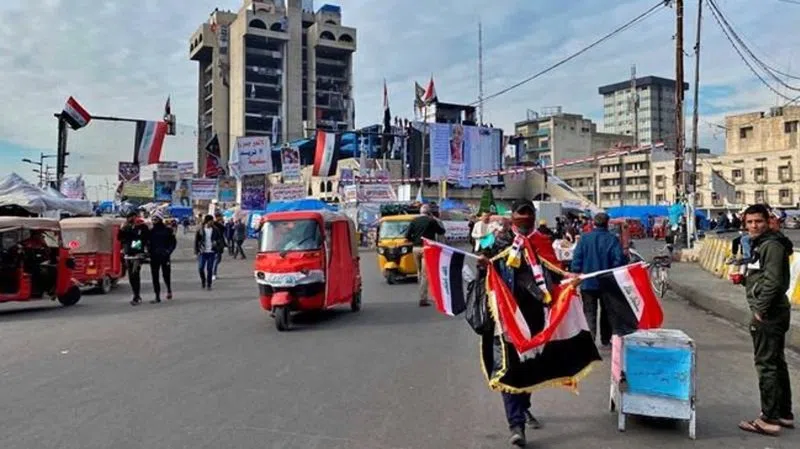
Iraqis worry US-Iran tensions are eclipsing their protests
BAGHDAD — Young Iraqis who drove mass protests demanding sweeping political reforms are worried that the conflict between the U.S. and Iran, which is playing out in part on Iraqi soil, is killing their momentum.
Even before the U.S. drone attack that killed Iranian Gen. Qassem Soleimani, the 4-month-old protests against government corruption, poor services and rising Iranian influence in state affairs were beset by internal divisions. A violent security crackdown heightened tensions, leading to hundreds of deaths and thousands of injuries as well as targeted killings of sympathizers.
And in the stormy aftermath of the U.S. drone strike that also killed top Iraqi militia commander Abu Mahdi al-Muhandis, avoiding another war in Iraq became a top priority for state officials as they scrambled to contain hostilities between Washington and Tehran.
“We are afraid that the uprising is being forgotten and (officials) are focusing on things we don’t want, not our main goals,” said Noor, an activist in Baghdad’s Tahrir Square who asked to be identified only by her first name, fearing reprisal, like all other protesters interviewed for this story. “On the other hand, we are trying to be calm and keep people on the street to make the point that we are not with the Americans or the Iranians. We are with Iraq.”
